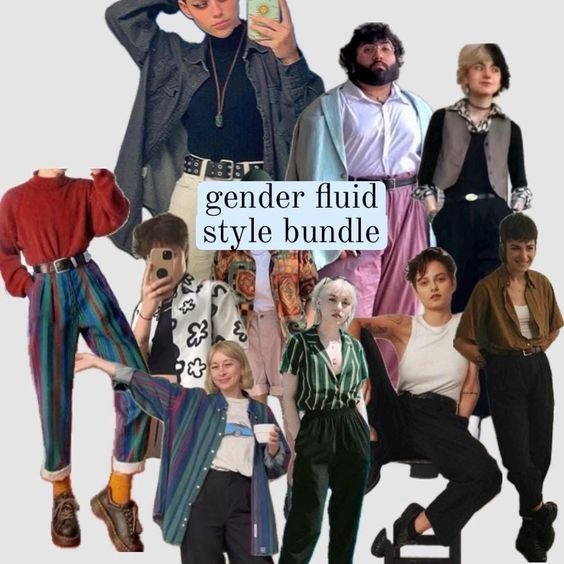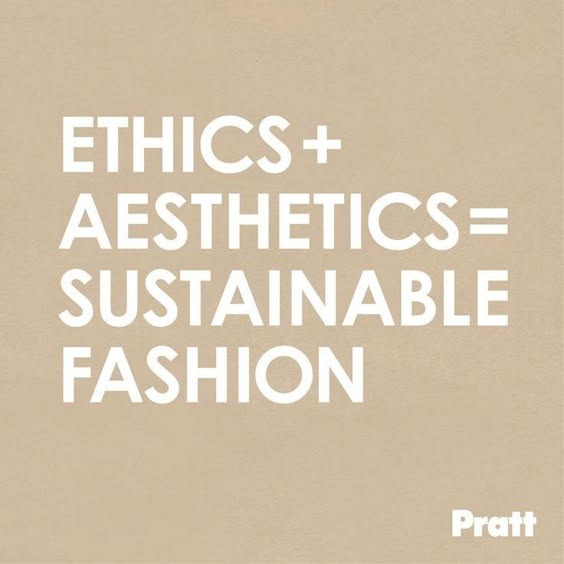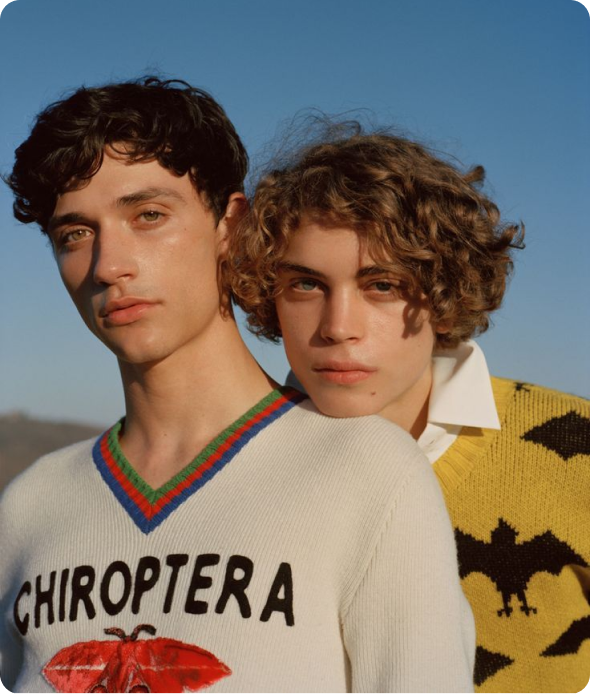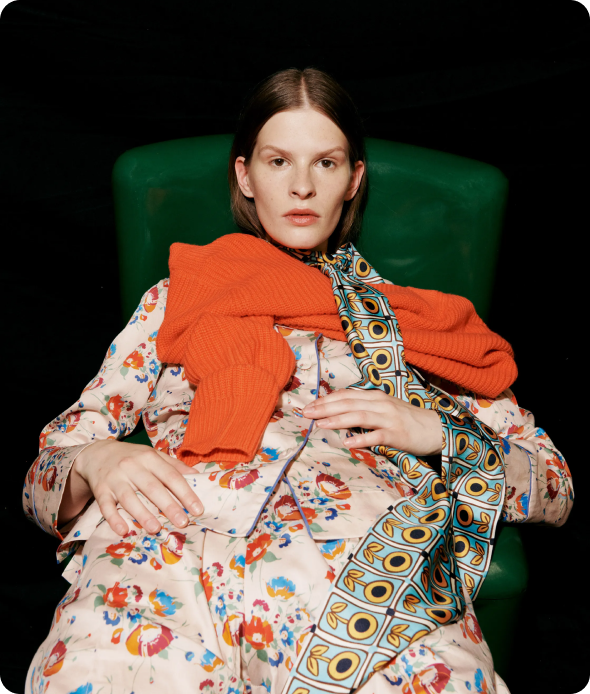FASHION FOR ALL: HOW INCLUSIVE CLOTHING IS TRANSFORMING THE INDUSTRY
In a world where fashion is evolving to meet the needs of all, inclusivity has become more than just a buzzword. Today’s clothing brands are working to ensure that everyone, regardless of their size, shape, or identity, can find something that fits not just their body, but their personal style too.
Body Positivity and Size Inclusivity
One of the biggest shifts in fashion has been the focus on body positivity and size inclusivity. Gone are the days when fashion catered only to a limited range of sizes. Today, brands are expanding their offerings to include sizes for every body type, ensuring that everyone can look good and feel great in their clothes.
This means you can now find party wear dresses for women or fashion wear in a variety of sizes. Whether you’re petite or plus-size, there’s something for everyone. The emphasis is on creating clothes that flatter every shape while still staying on-trend. From casual t-shirts to elegant dresses, fashion is becoming more inclusive, and it’s about time.

Gender-Fluid Fashion
Inclusivity isn’t just about size, it’s also about breaking down gender norms in fashion. More and more fashion brands are introducing gender-neutral collections, allowing anyone to wear whatever they want without being restricted by traditional gender roles. Whether it’s oversized streetwear or chic blazers, the idea is that fashion should be for everyone.
This shift is not just revolutionary; it’s refreshing. It’s giving people the freedom to express themselves without being boxed into categories like “men’s fashion” or “women’s fashion.” Now, anyone can wear whatever makes them feel good, regardless of labels.
Inclusive Fashion Brands Leading the Way
Brands that prioritize inclusivity are changing the fashion game. By offering a wide range of sizes and gender-fluid collections, they’re ensuring that fashion truly is for all. These brands are not just selling clothes; they’re creating a movement towards a more accepting, diverse, and open-minded fashion industry.
If you’re an inclusive brand, a White Label is a powerful marketplace to expand your reach. By providing a platform that caters to all body types, sizes, and styles, these marketplaces help brands showcase their inclusive collections to a larger, more diverse audience. With a focus on accessibility, they offer a great opportunity to grow your brand while promoting inclusivity in the fashion industry.
Fashion for All: How Inclusive Clothing is Transforming the Industry
Fashion has long been a reflection of culture, identity, and expression. However, traditional fashion often fell short in inclusivity, leaving many consumers feeling underrepresented. Today, the tide is changing. The rise of inclusive clothing lines is revolutionizing the industry, ensuring that everyone, regardless of size, shape, or identity, can find styles that resonate with them.
The Body Positivity Movement
Body positivity is at the heart of the inclusive fashion revolution. This movement celebrates all bodies and promotes the idea that every person deserves to feel confident and beautiful in their skin. Here are key aspects of this transformative trend:
- Diverse Sizing: Inclusive fashion brands are expanding their size ranges, ensuring that no one is left out. From petite to plus-size, these brands recognize that beauty comes in all shapes.
- Variety of Styles: Inclusivity goes beyond just sizing. Fashion lines now offer a wide variety of styles that cater to different body types. Whether you’re looking for party wear dresses or casual fashion mens wear, options are plentiful and designed to flatter.
- Empowerment Through Representation: When consumers see models of various body types, ethnicities, and identities in campaigns, it fosters a sense of belonging. Representation matters, and brands that embrace diversity are reshaping the narrative in fashion.
Gender Inclusivity in Fashion
Inclusivity in fashion isn’t limited to size, it extends to gender as well. More brands are stepping away from traditional gender norms and offering gender-neutral collections. This evolution includes:
- Breaking Down Barriers: Fashion should not be confined to rigid gender roles. Today’s consumers want to wear what they love, irrespective of labels. Gender-neutral options allow for greater self-expression.
- Innovative Designs: Brands are getting creative with their designs, incorporating styles that can be worn by anyone. Oversized silhouettes, unisex cuts, and adaptable pieces are gaining popularity, making fashion accessible to all.
- Cultural Shifts: As society evolves, so does its understanding of gender. Brands that reflect this shift in their collections are not only meeting consumer demand but also contributing to a broader cultural change.
Inclusive Brands Leading the Charge
Numerous brands are pioneering the movement towards inclusivity. By prioritizing diversity and accessibility, they are changing the landscape of fashion.
- Diverse Collections: Brands such as Aerie, Savage X Fenty, and ASOS have made significant strides in offering diverse collections that cater to various body types and gender identities. Their commitment to representation has resonated with consumers, creating loyal followings.
- Community Engagement: Many inclusive brands are actively engaging with their communities, seeking feedback to ensure their designs meet the needs of their customers. This two-way relationship fosters a sense of belonging and trust.
- Advocacy for Change: Inclusive brands are also advocating for industry-wide changes. They are challenging traditional standards of beauty and pushing for more representation in all aspects of fashion, from runway shows to advertising.
The Role of Sustainability in Inclusivity
Sustainability and inclusivity go hand in hand. Many brands that prioritize inclusive clothing also emphasise ethical practices and sustainability. This alignment is essential for today’s conscious consumer. Key points include:

- Ethical Production: By prioritizing ethical labor practices and sustainable materials, brands can ensure that their clothing is not only inclusive but also environmentally responsible.
- Longevity Over Fast Fashion: Inclusive brands often focus on creating timeless, high-quality pieces that last, rather than contributing to the fast fashion cycle. This approach resonates with consumers who value sustainability.
- Educating Consumers: Inclusive brands are increasingly committed to educating consumers about sustainable practices, helping them make informed choices about their wardrobes.
For emerging inclusive brands, leveraging White Label as a marketplace can provide a significant advantage. By utilising this platform, brands can reach wider audiences without the overhead of managing their own storefronts. White Label allows for greater visibility, helping inclusive fashion lines find their place in a competitive market.
As the fashion industry continues to evolve, the movement towards inclusivity is not just a trend, it’s a necessary transformation. Everyone deserves to feel represented, celebrated, and empowered through fashion. By supporting inclusive brands, consumers can play an active role in this change, making fashion a more welcoming space for all.


